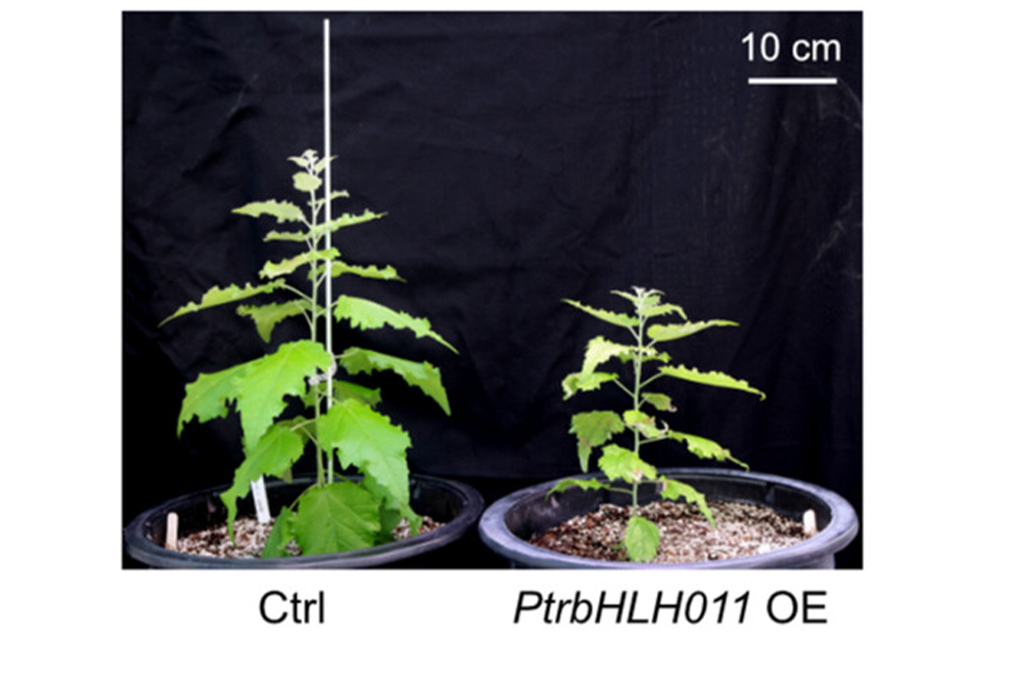Scientists at Brookhaven National Laboratory (BNL) led a team that identified a protein, PtrbHLH011, within poplar involved in plant growth, lignin production, and disease resistance.
With increased lignin and iron, engineered poplar can be used to develop bioproducts for industrial applications. For example, lignin could be used for building materials such as cement or adhesives.
Described as the “DOE Tree,” poplar is considered one of the Flagship Plants for the U.S. Department of Energy (DOE) Joint Genome Institute (JGI), a DOE Office of Science User Facility located at Lawrence Berkeley National Laboratory (Berkeley Lab). because of its utility for biotechnology and bioenergy applications. Poplars grow quickly and the plants can be crossed to produce traits that make them more appealing bioenergy feedstock crops. The trees can be bred to be more resistant to environmental stresses such as nutrient-poor land, drought and disease. Read more on the JGI website.




